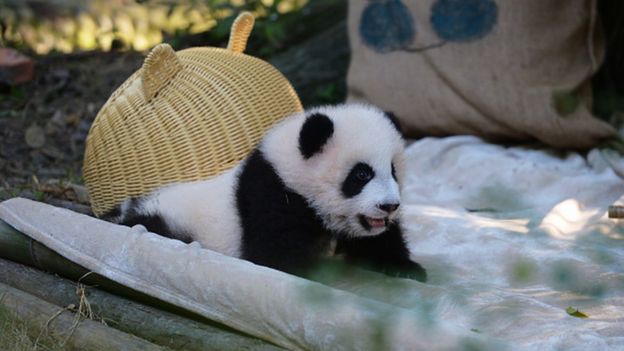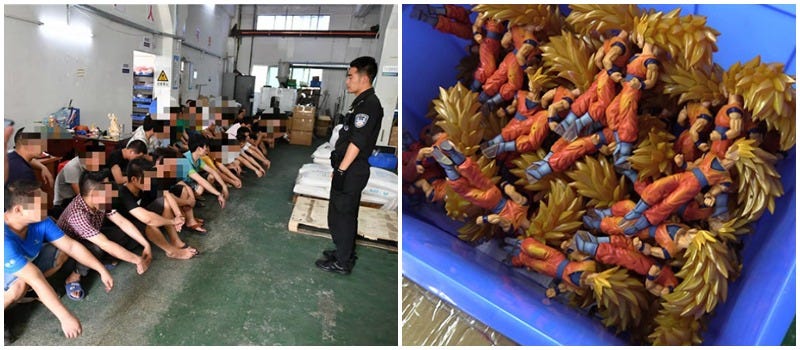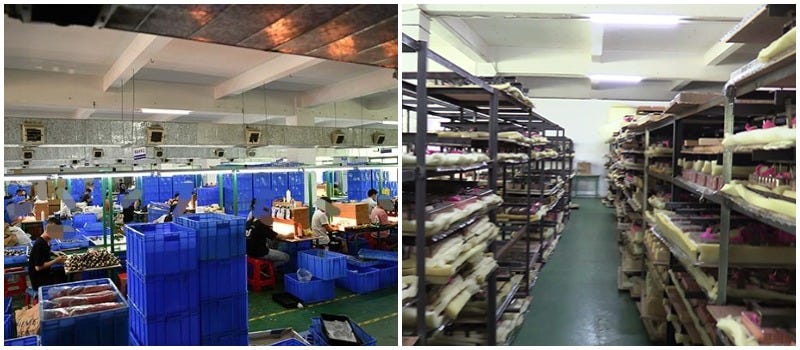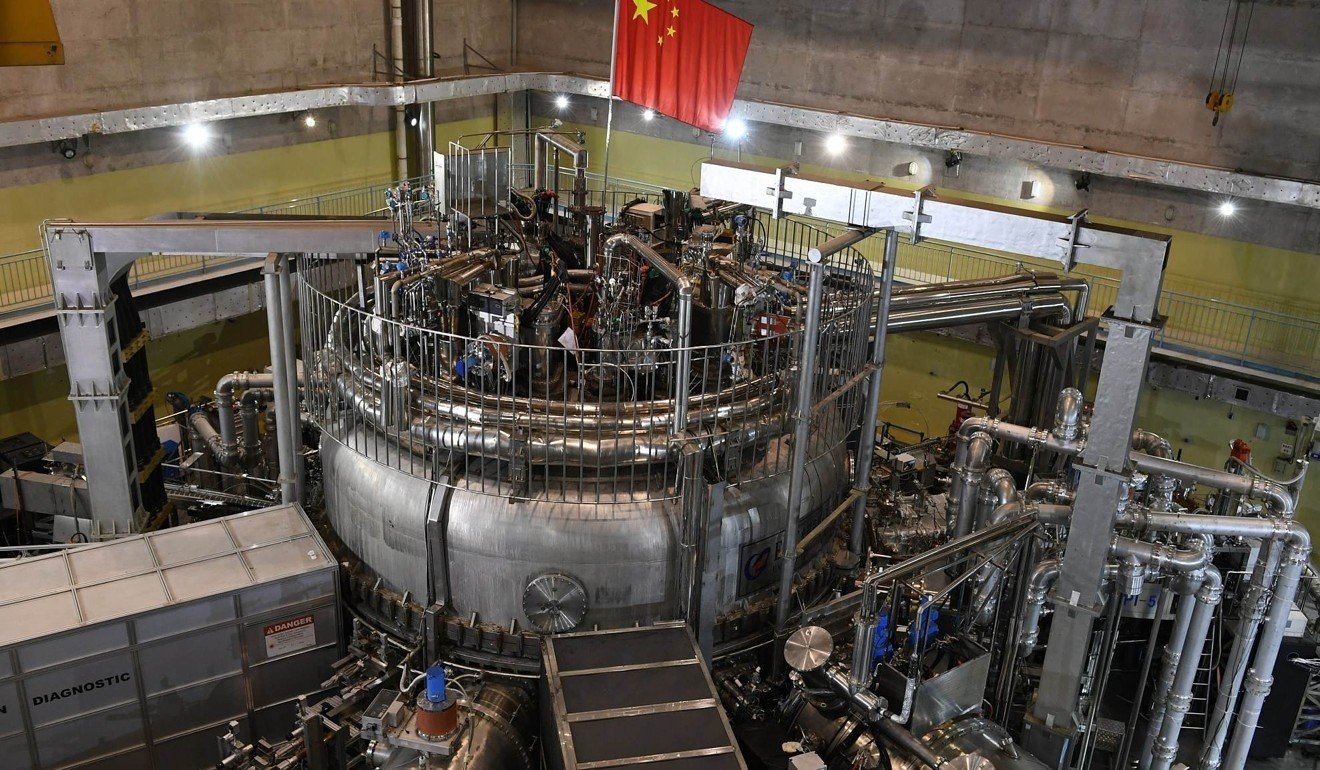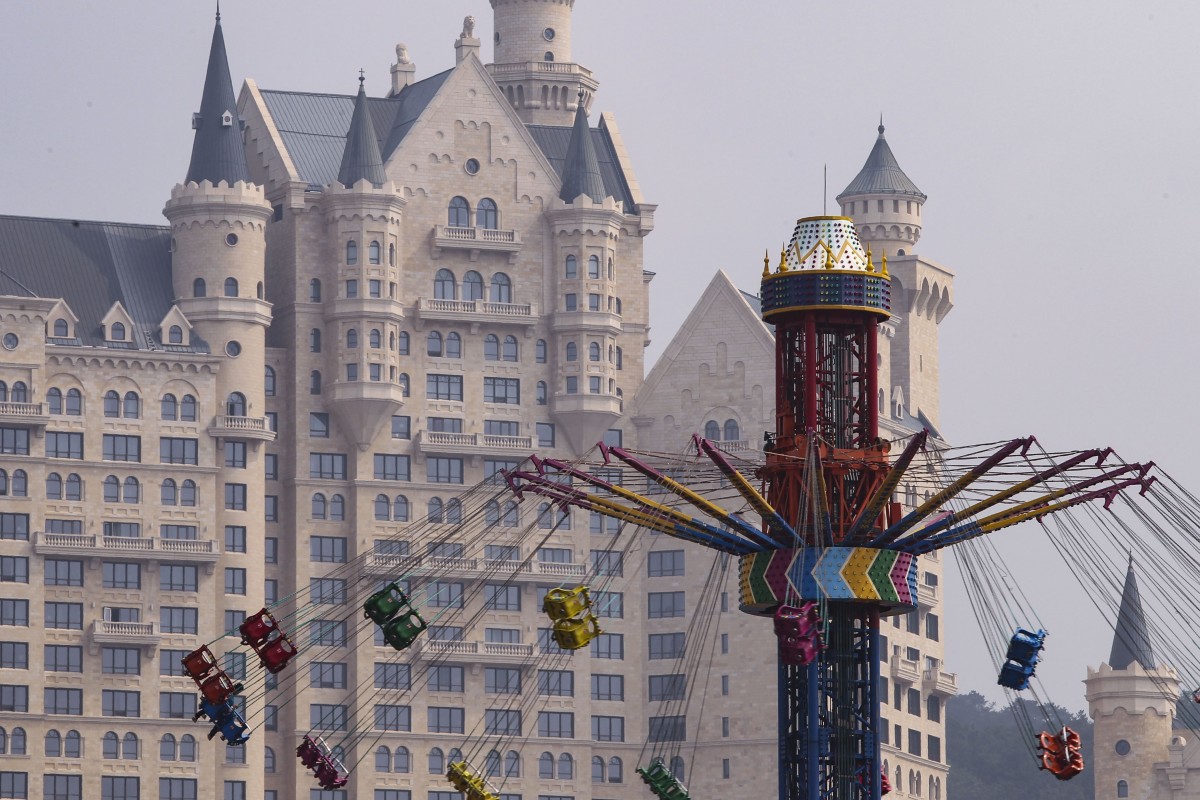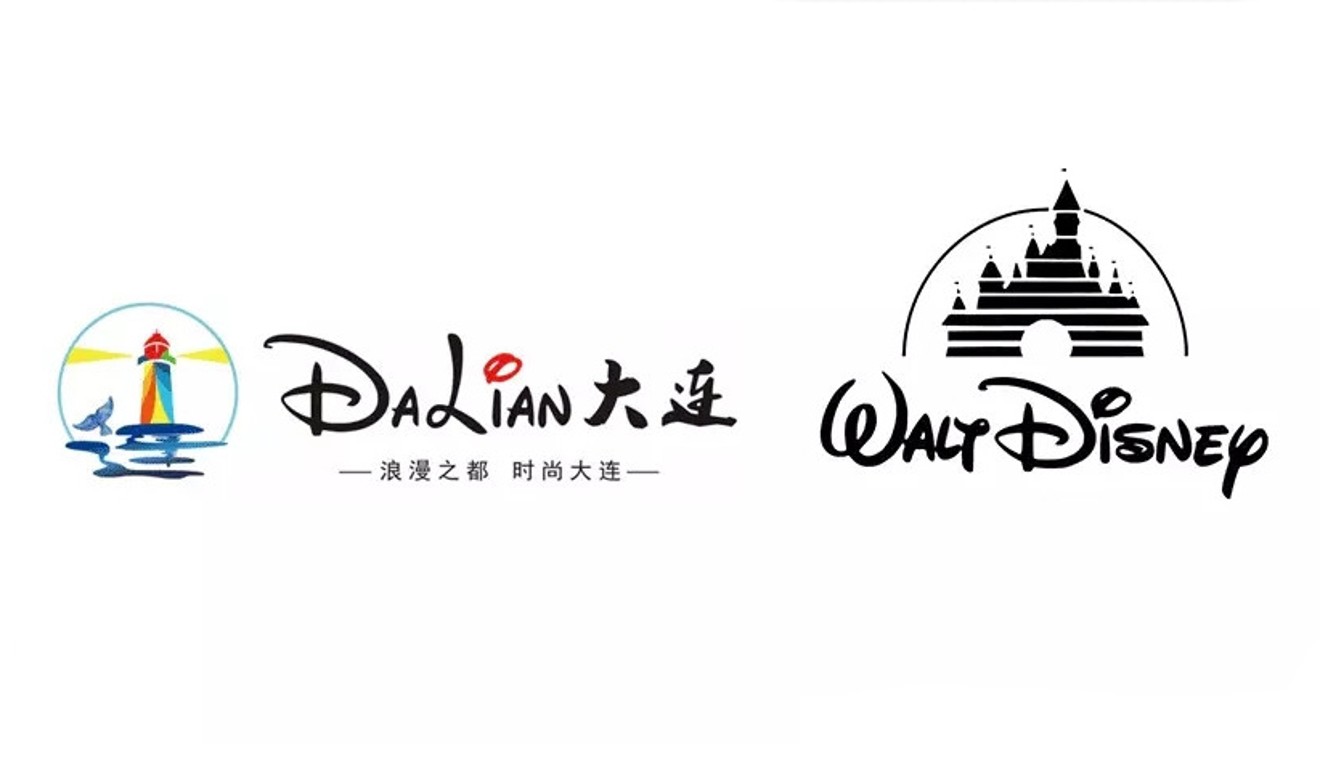In the labyrinth of the foreign language, he’d skipped all the usual entrances—the simple greetings, the basic vocabulary—to go straight to the single row of words that mattered to him. His specialty was dyeing nylon; he mixed chemicals and made colors. His name was Long Chunming, and his co-workers called him Xiao Long, or Little Long. He would consult his notebook and figure out the perfect mixture of chemicals necessary to make Sellanyl Yellow or Padocid Turquoise Blue.
He had grown up on a farm in Guizhou, one of the poorest provinces in China. His parents raised tea, tobacco, and vegetables, and Little Long, like both his siblings, left home after dropping out of middle school. It’s a common path in China, where an estimated hundred and thirty million rural migrants have gone to the cities in search of work. In the factory town, Little Long had become relatively successful, earning a good wage of three hundred dollars a month. But he was determined to further improve himself, and he studied self-help books with foreign themes. In his mind, this endeavor was completely separate from his work. He had no pretensions about what he did; as far as he was concerned, the skills he had gained were strictly and narrowly technical. “I’m not mature enough,” he told me once, and he collected books that supposedly improved moral character. One was “The New Harvard MBA Comprehensive Volume of How to Conduct Yourself in Society.” Another book was called “Be an Upright Person, Handle Situations Correctly, Become a Boss.” In the introduction, the author describes the divides of the worker’s environment: “For a person to live on earth, he has to face two worlds: the boundless world of the outside, and the world that exists inside a person.”
Little Long had full lips and high cheekbones, and he was slightly vain, especially with regard to his hair, which was shoulder-length. At local beauty parlors, he had it dyed a shade of red so exotic it was best described in professional terms: Sellan Bordeaux. But he was intensely serious about his books. They followed a formula that’s common in the self-help literature of Chinese factory towns: short, simple chapters that feature some famous foreigner and conclude with a moral. In a volume called “A Collection of the Classics,” the section on effective use of leisure time gave the example of Charles Darwin. (The book explained that Darwin’s biology studies began as a hobby.) Another chapter told the story of how a waiter once became angry at John D. Rockefeller after the oil baron left a measly onedollar tip. (“Because of such thinking, you’re only a waiter,” Rockefeller shot back, according to the Chinese book, which praised his thrift.)
Little Long particularly liked “A Collection of the Classics” because it introduced foreign religions. He was interested in Christianity, and when we talked about the subject he referred me to a chapter that featured a parable about Jesus. In this tale, a humble doorkeeper works at a church with a statue of the Crucifixion. Every day, the doorkeeper prays to be allowed to serve as a substitute, to ease the pain for the Son of God. To the man’s surprise, Jesus finally speaks and accepts the offer, under one condition: If the doorkeeper ascends the Cross, he can’t say a word.
The agreement is made, and soon a wealthy merchant comes to pray. He accidentally drops a money purse; the doorkeeper almost says something but remembers his promise. The next supplicant is a poor man. He prays fervently, opens his eyes, and sees the purse: overjoyed, he thanks Jesus. Again, the doorkeeper keeps silent. Then comes a young traveller preparing to embark on a long sea journey. While he is praying, the merchant returns and accuses the traveller of taking his purse. An argument ensues; the traveller fears he’ll miss the boat. At last, the doorkeeper speaks out—with a few words, he resolves the dispute. The traveller heads off on his journey, and the merchant finds the poor man and retrieves his money.
But Jesus angrily calls the doorkeeper down from the Cross for breaking the promise. When the man protests (“I just told the truth!”), Jesus criticizes him:
What do you understand? That rich merchant isn’t short of money, and he’ll use that cash to hire prostitutes, whereas the poor man needs it. But the most wretched is the young traveller. If the merchant had delayed the traveller’s departure, he would have saved his life, but right now his boat is sinking in the ocean.
When I flipped through Little Long’s books, and looked at his chemical-color vocabulary lists, I sometimes felt a kind of vertigo. In Lishui, that was a common sensation; I couldn’t imagine how people created a coherent world view out of such strange and scattered contacts with the outside. But I was coming from the other direction, and the gaps impressed me more than the glimpses. For Little Long, the pieces themselves seemed to be enough; they didn’t necessarily have to all fit together in perfect fashion. He told me that, after reading about Darwin’s use of leisure time, he decided to stop complaining about being too busy with work, and now he felt calmer. John D. Rockefeller convinced Little Long that he should change cigarette brands. In the past, he smoked Profitable Crowd, a popular cigarette among middle-class men, but after reading about the American oil baron and the waiter he switched to a cheaper brand called Hibiscus. Hibiscuses were terrible smokes; they cost about a cent each, and the label immediately identified the bearer as a cheapskate. But Little Long was determined to rise above such petty thinking, just like Rockefeller.
Jesus’ lesson was easiest of all: Don’t try to change the world. It was essentially Taoist, reinforcing the classical Chinese phrase Wu wei er wu bu wei (“By doing nothing everything will be done”). In Little Long’s book, the parable of the Crucifixion concludes with a moral:
We often think about the best way to act, but reality and our desires are at odds, so we can’t fulfill our intentions. We must believe that what we already have is best for us.
One month, the Bomia gallery received a commission to create paintings from photographs of a small American town. A middleman in southern China sent the pictures, and he requested a twenty-four-inch-by-twenty-inch oil reproduction of each photo. He emphasized that the quality had to be first-rate, because the scenes were destined for the foreign market. Other than that, he gave no details. Middlemen tended to be secretive about orders, as a way of protecting their profit.
When I visited later that month, Chen Meizi and Hu Jianhui had finished most of the commission. Chen was about to start work on one of the final snapshots: a big white barn with two silos. I asked her what she thought it was.
“A development zone,” she said.
I told her that it was a farm. “So big just for a farm?” she said. “What are those for?”
I said that the silos were used for grain.
“Those big things are for grain?” she said, laughing. “I thought they were for storing chemicals!”
Now she studied the scene with new eyes. “I can’t believe how big it is,” she said. “Where’s the rest of the village?”
I explained that American farmers usually live miles outside town.
“Where are their neighbors?” she asked.
“They’re probably far away, too.”
“Aren’t they lonely?”
“It doesn’t bother them,” I said. “That’s how farming is in America.”
I knew that if I hadn’t been asking questions Chen probably wouldn’t have thought twice about the scene. As far as she was concerned, it was pointless to speculate about things that she didn’t need to know; she felt no need to develop a deeper connection with the outside. In that sense, she was different from Little Long. He was a searcher—in Lishui, I often met such individuals who hoped to go beyond their niche industry and learn something else about the world. But it was even more common to encounter pragmatists like Chen Meizi. She had her skill, and she did her work; it made no difference what she painted.
From my outsider’s perspective, her niche was so specific and detailed that it made me curious. I often studied her paintings, trying to figure out where they came from, and the American commission struck me as particularly odd. Apart from the farm, most portraits featured what appeared to be a main street in a small town. There were pretty shop fronts and well-kept sidewalks; the place seemed prosperous. Of all the commissioned paintings, the most beautiful one featured a distinctive red brick building. It had a peaked roof, tall old-fashioned windows, and a white railed porch. An American flag hung from a pole, and a sign on the second story said “Miers Hospital 1904.”
The building had an air of importance, but there weren’t any other clues or details. On the wall of the Chinese gallery, the scene was completely flat: neither Chen nor I had any idea what she had just spent two days painting. I asked to see the original photograph, and I noticed that the sign should have read “Miners Hospital.” Other finished paintings also had misspelled signs, because Chen and Hu didn’t speak English. One shop called Overland had a sign that said “Fine Sheepskin and Leather Since 1973”; the artists had turned it into “Fine Sheepskim Leather Sine 1773.” A “Bar” was now a “Dah.” There was a “Hope Nuseum,” a shop that sold “Amiques,” and a “Residentlal Bboker.” In a few cases, I preferred the new versions—who wouldn’t want to drink at a place called Dah? But I helped the artists make corrections, and afterward everything looked perfect. I told Chen that she’d done an excellent job on the Miners Hospital, but she waved off my praise.




 Reply With Quote
Reply With Quote



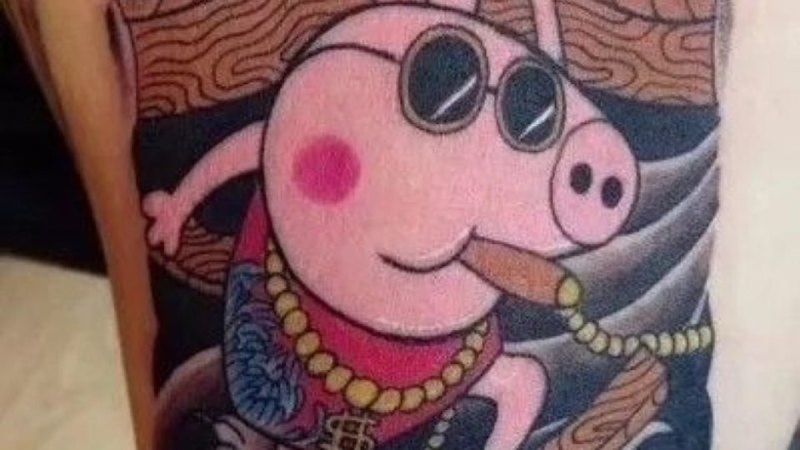
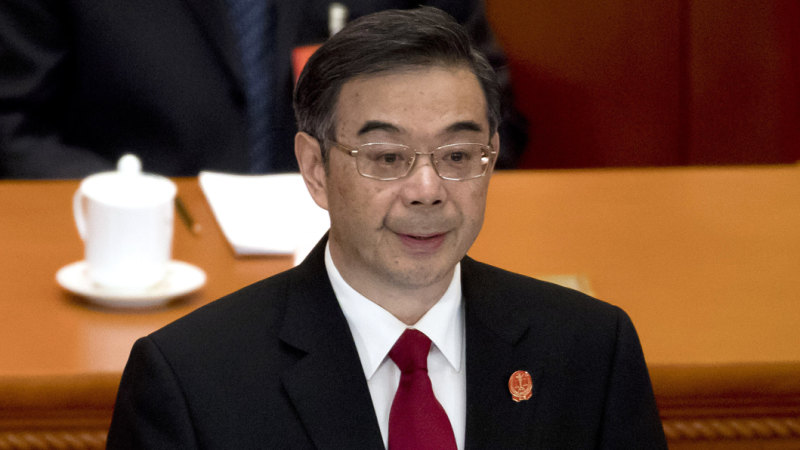









 Screw Union. Will most definitely see some heads roll on this one!
Screw Union. Will most definitely see some heads roll on this one!

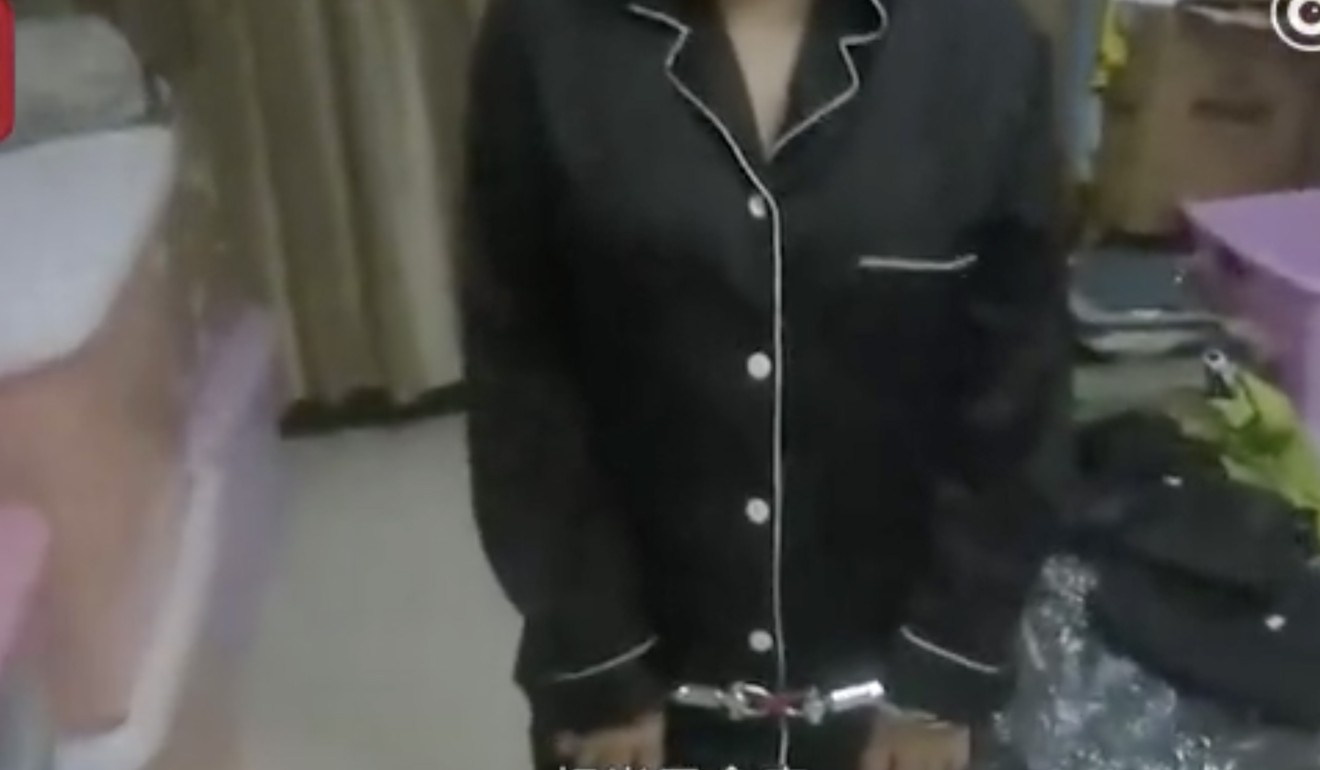 o
o

